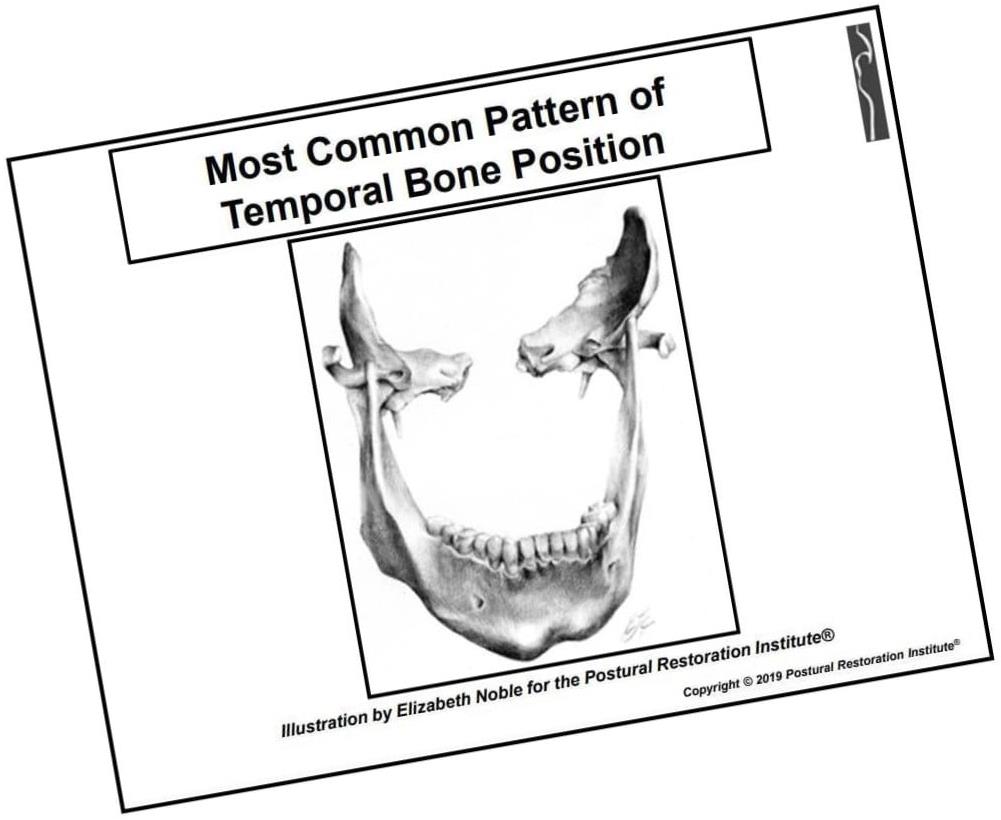
International Insurance covering OSTEO: AXA, Cigna, GMC, CFE, Aetna, GEO BLUE, Allianz, Bupa, AVIVA, PRUHEALTH, etc
2월 1, 2023
Started New Job at GSB Orthodontic clinic June 30, 2022 — GSB Orthodontic clinic Seoul, Korea
2월 1, 2023Mandibular Asymmetry.
Journal AOA/vol. '78, June 1974
Dr. Magoun is a trustee in the Sutherland Cranial Teaching Foundation,
Inc., Meridian, Idaho.
Mandibular Asymmetry.
With external rotation of the temporal bones, the temporomandibular fossae move somewhat posteromedially, causing a bilateral backward shift of the lower jaw, which may
result in overbiting. Conversely, internal rotation of both temporal bones moves the fossae anterolaterally, which tends to cause protrusion of the mandible
If one temporal bone is rotated internally and the other externally,
which is the common slight deviation, a lateral shift of the symphysis menti to the side of the posterior temporomandibular fossa will occur and will be evidenced by midincisal malalignment. For such a condition, the realignment of cranial bones would seem simpler and more logical than attempts to move the teeth.
False premise.
A possible shift in the relative positions of the two temporomandibular fossae is an important pathogenic factor which has been largely overlooked by the dental profession.
No end of arguments have arisen concerning the mechanics and functioning of the TMJ articulation. Its anatomy has been explored in the minutest detail, but many well-meant conclusions have been based on the false premise that the two articulations are in a relative position of complete immobility.
***An unstable jaw position cannot be stabilized with a splint.
Do you still believe that it will be stabilized after a few months of splint treatment???
This is because the temporal bone continues to move.
However, if the distortion of the skull improves, the movement of the temporal bone can be stopped.
"popping jaw"
The disturbing phenomenon of a "popping jaw" has been attributed to slipping of the articular condyle over the posterior edge of the cartilaginous disk and to its forward movement to hit the articular eminence. Regardless of the cause, normalizing the structure of the whole area is satisfactory therapy in most cases. Proper positioning of the temporal bone is paramount.
MCB splint instantly moves the temporal bone, sphenoid bone, occipital bone, and all skull bones and whole body.


